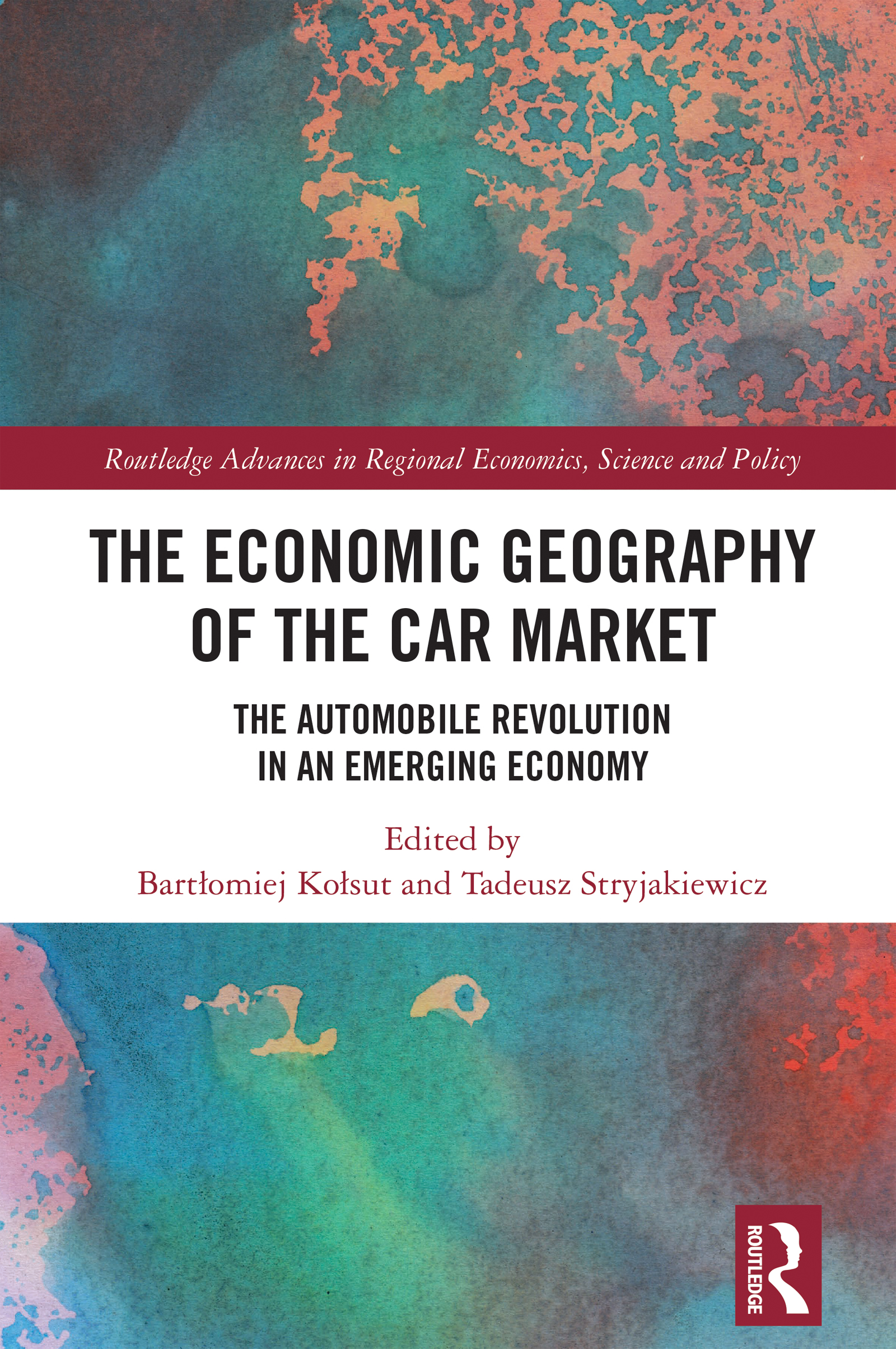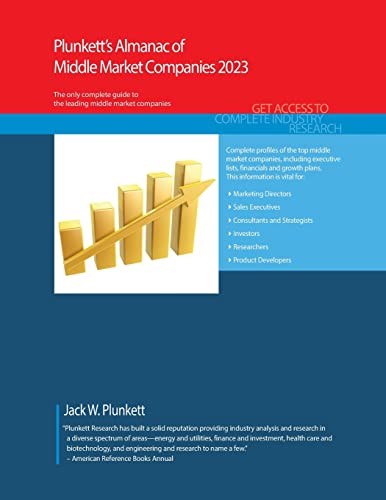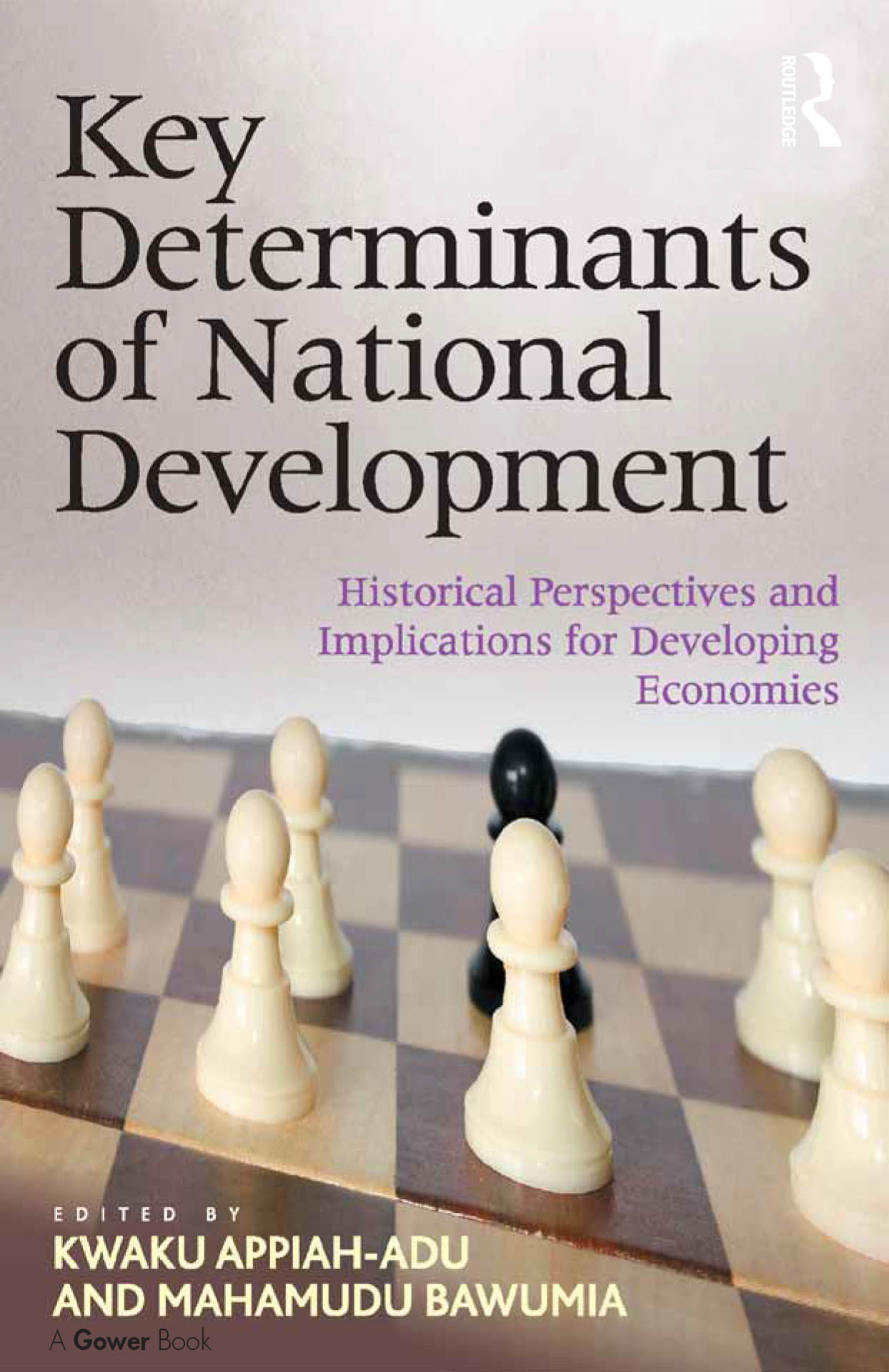This book provides a comprehensive analysis of long-term changes in the car market of an emerging economy, with a focus on its spatial and temporal dimensions. Poland, the case study in question, represents a unique “laboratory of automobile revolution” during the late 20th and early 21st centuries. The volume brings to the fore several key aspects of the car market, such as car ownership, markets for new cars, import of second-hand cars, car use, electromobility and environmental impact. Many of them are the subject of a global debate in the context of achieving sustainable development goals. Others, meanwhile, point to the unique nature of transformations related to the car market in Poland. Altogether, consideration of these aspects enriches the international literature with new results and findings that will broaden the field of discussion on the car market onto the emerging economies, especially those of Central and Eastern Europe. The book combines the results of quantitative and qualitative research. The former is based on a big data set (ca. 40 million vehicles) and the latter on an in-depth social survey (questionnaire interviews with more than 4,000 drivers). The discussion of the geography of automobile revolution is linked to other social, economic and spatial phenomena and processes (e.g. urban sprawl or rural marginalisation; consumer decisions and the evolution of quality of life; and the development of individual entrepreneurship or environmental protection), as well as to transport, tax and customs policies. The analysis of the dynamics of change pays particular attention to the role of “critical junctures”, such as the collapse of the communist system, EU membership, the world financial crisis (2007-2009) and first period of COVID-19 pandemic (2020-2021). The book will be of interest to scholars, students and practitioners dealing with transport research, geography of transportation, spatial economy, urban and regional planning and sustainability studies, and for car hobbyists.












